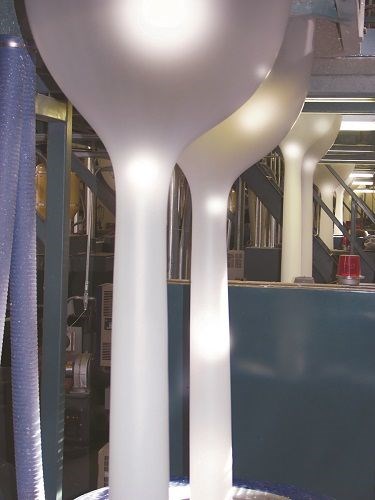Are PE Prices Likely To Drop?
It now appears feasible that PE prices will remain flat for a while with perhaps some potential for decline.
How much relief in PE pricing we are likely to see and when, is up in the air at the moment. However, after the 3ȼ/lb September price hike, prices have been flat and are expected to continue that way into early 2015. It’s now been two years since the last decrease in North American PE prices. Since then, prices have moved up 21ȼ/lb. This while PE suppliers have enjoyed hefty profit margins.
Mike Burns, v.p. for PE at Resin Technology, Inc. (RTi), who a year ago predicted that PE prices would be higher again in 2014, offers some of his latest observations on market conditions. Burns consistently has driven the point that while the price of oil has nothing to do with the cost to make a pellet in North America, it has everything to do with the price of pellets globally.
Burns now points out that the PE market dynamics have been quickly changed by the unexpected drop in oil and naphtha prices. “Latin America has turned to Korea to meet their PE resin needs at a significantly lower price. He says that regardless of the still relatively tight supplies, North American PE suppliers will need to address the global price that is set by the price of oil and make downward adjustments.
Every global feedstock related to PE production tumbled in October, with the exception of flat pricing for natural gas and ethane: ethylene fell 15ȼ/lb, oil fell $17/bbl, naphtha fell $120/m.t. These decreases resulted in lower global PE prices, with the exception of Europe, where for the short term, tight ethylene supplies will keep PE prices firm.
There are two market changes Burns ventures that will push domestic PE suppliers to respond to today’s PE price level: an escalation of imported finished goods such as stretch film and can liners; and, the build-up of supplier inventories outpacing demand. He notes that PE exports so far have represented 17.7% of all North American PE production, which is on the lower side of the three-year average of ~20%. Latin America remains the primary destination, accounting for about 60% of exports.
At this juncture, Burns sees two choices for North American PE suppliers. One is proactive, whereby suppliers gradually decrease prices regardless of current tight inventories. However, he finds this unlikely to take place due to year-end incentives for sellers and product managers. He says 2014 has been a good year for suppliers, and processors ought not expect a proactive price reduction. The other is reactive: suppliers wait until their inventories build up without an export market, supply outpaces demand, and sales are lost to Asia PE manufacturing. In order to continue to manage inventories, Burns ventures that North American PE suppliers will have to sell resin nearly 15% less than domestic prices.

Related Content
-
Prices for All Volume Resins Head Down at End of 2023
Flat-to-downward trajectory for at least this month.
-
Fundamentals of Polyethylene – Part 3: Field Failures
Polyethylene parts can fail when an inappropriate density is selected. Let’s look at some examples and examine what happened and why.
-
Commodity Resin Prices Flat to Lower
Major price correction looms for PP, and lower prices are projected for PE, PS, PVC and PET.
















